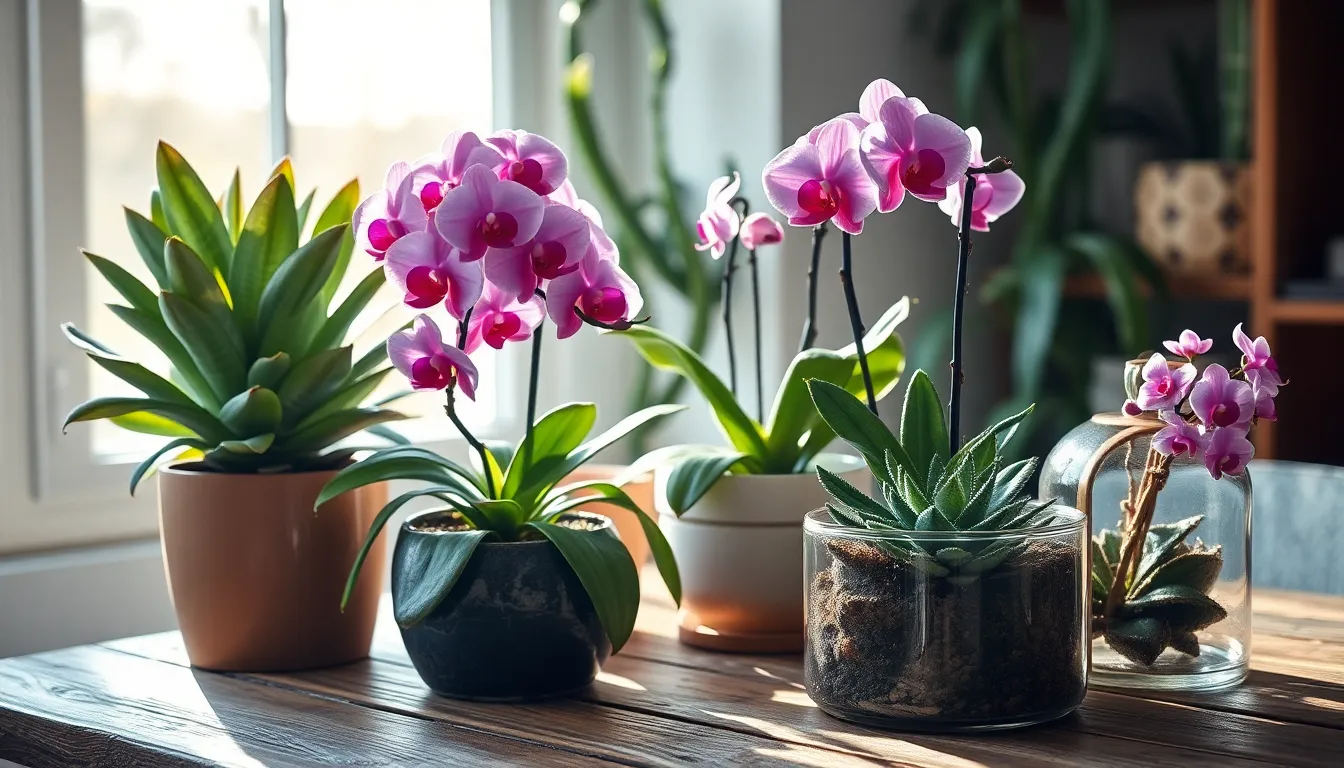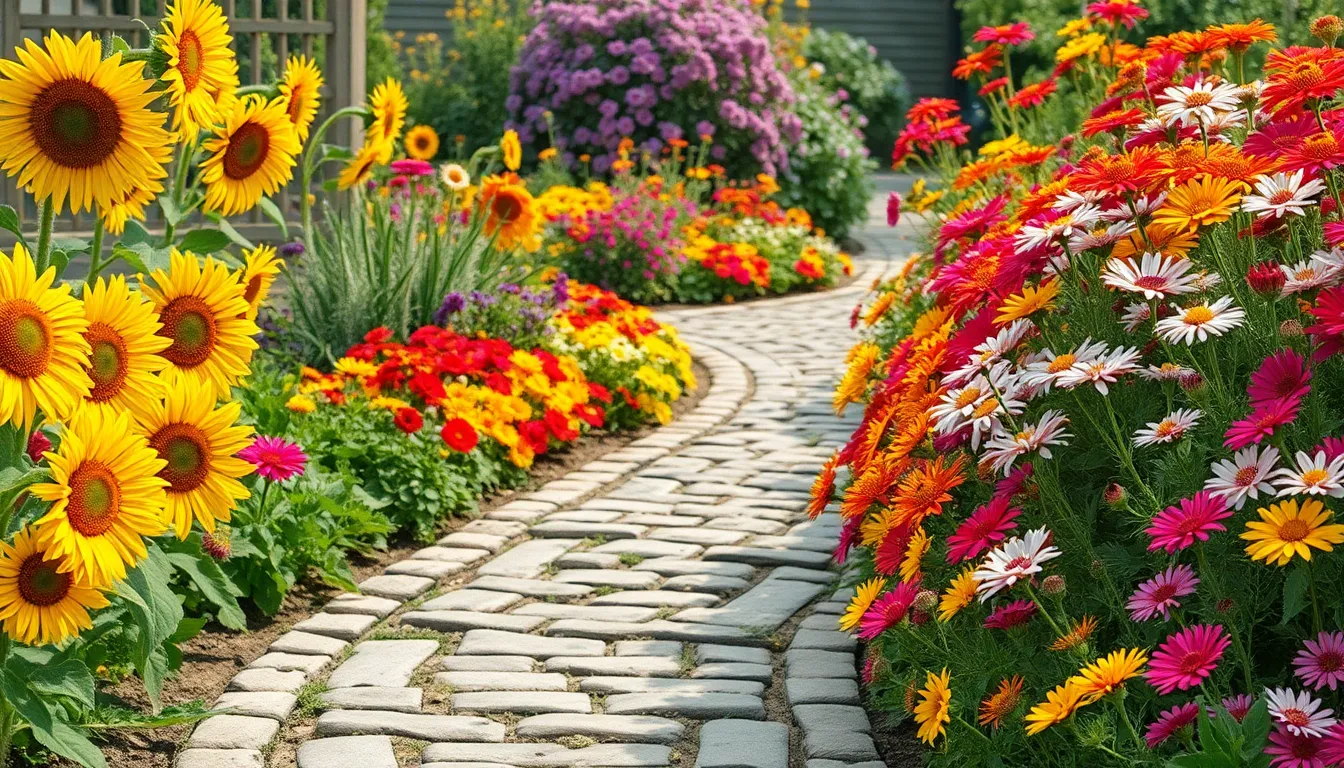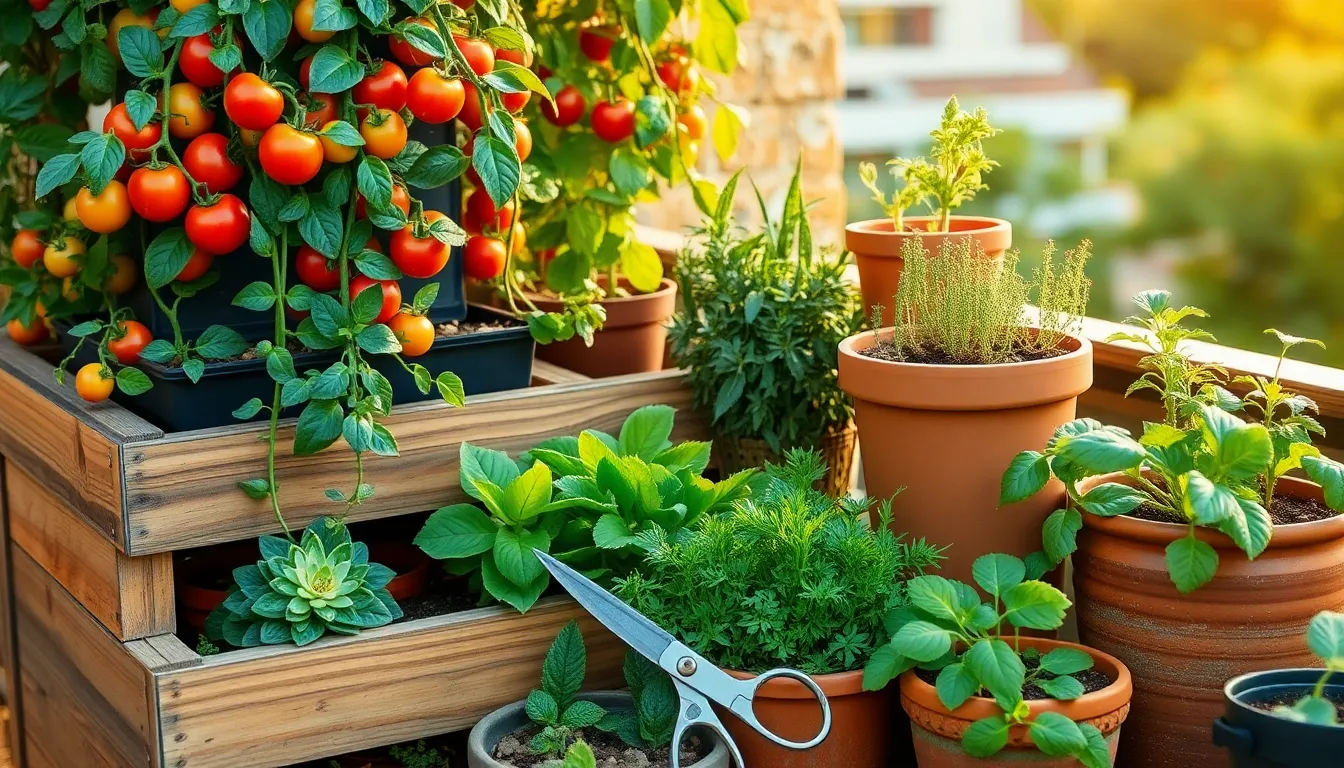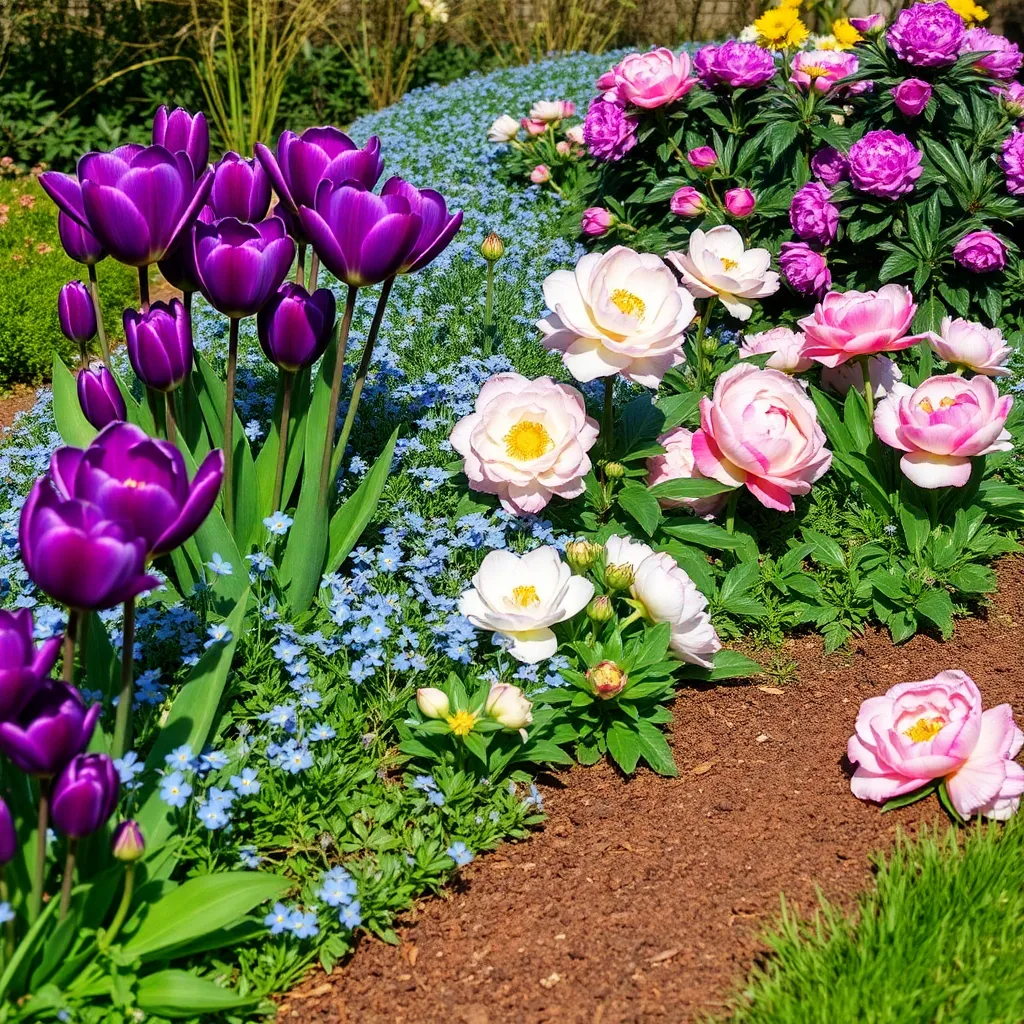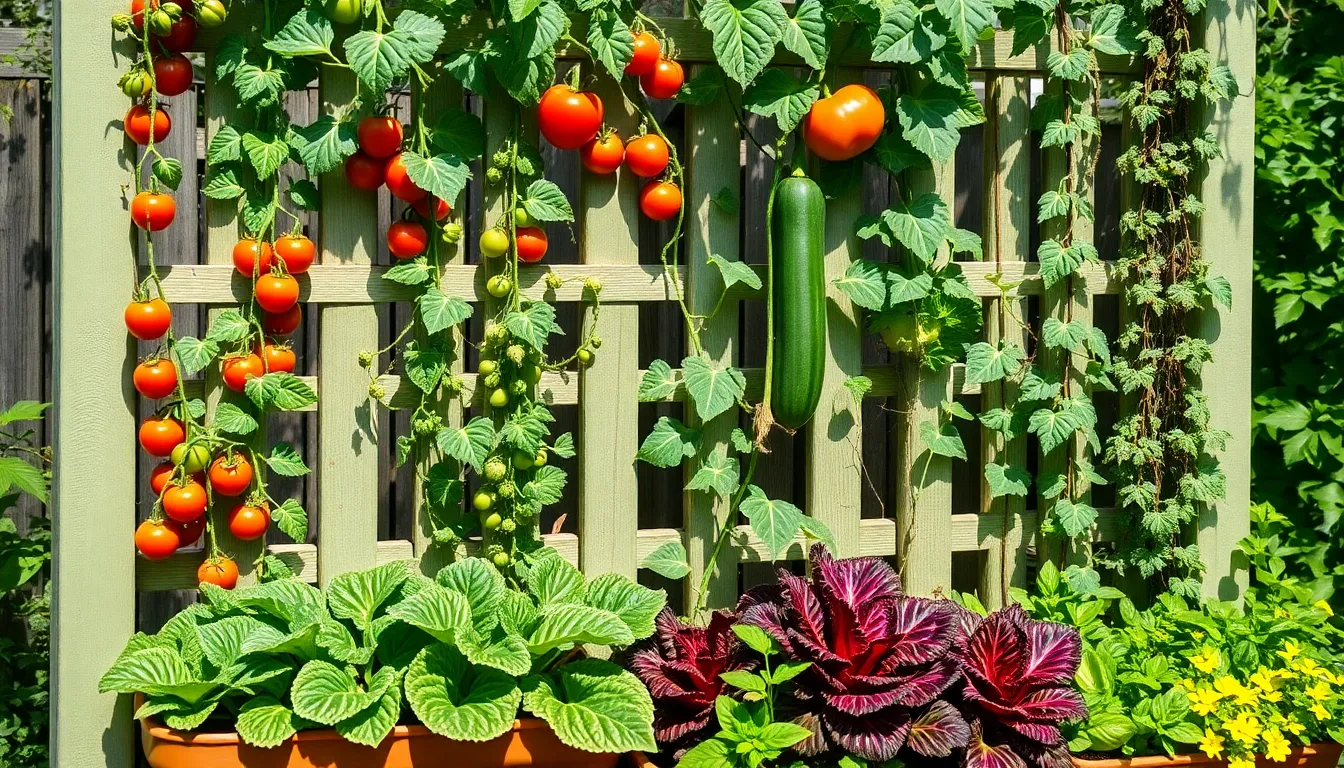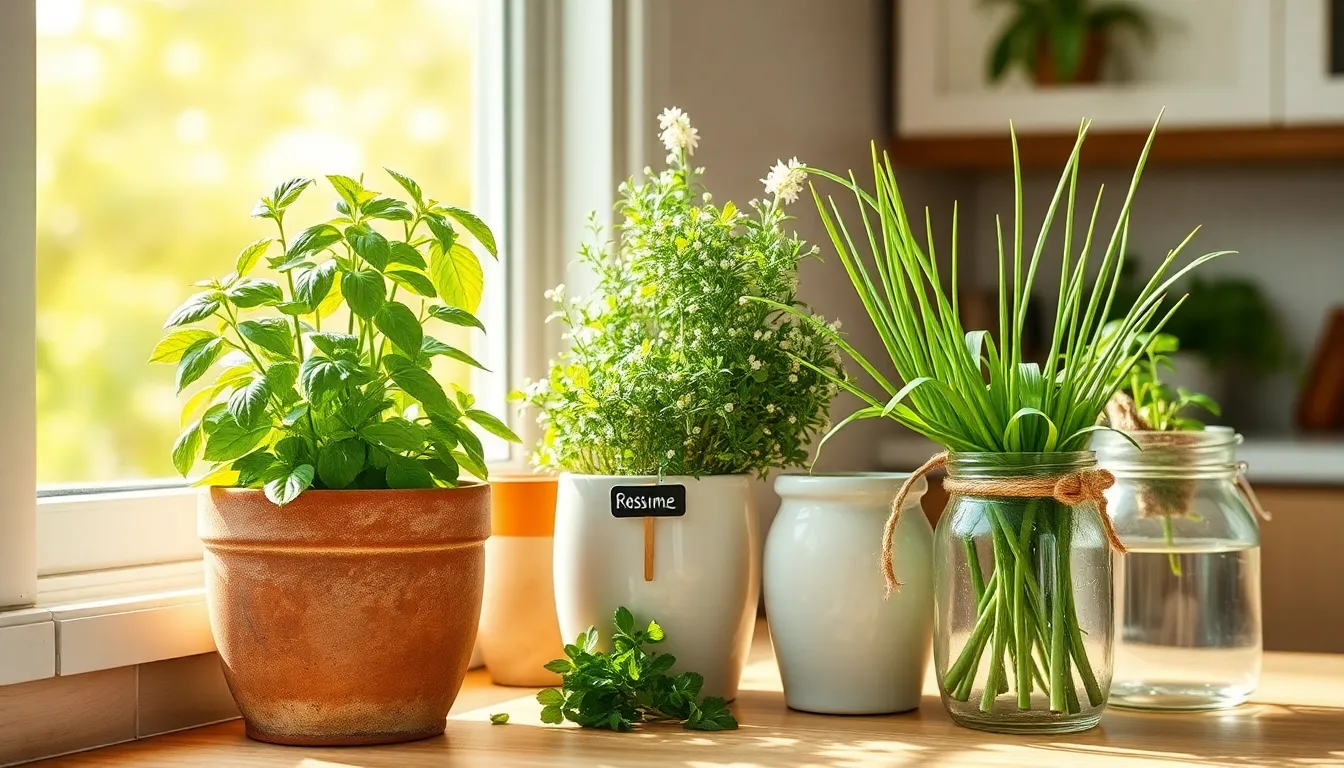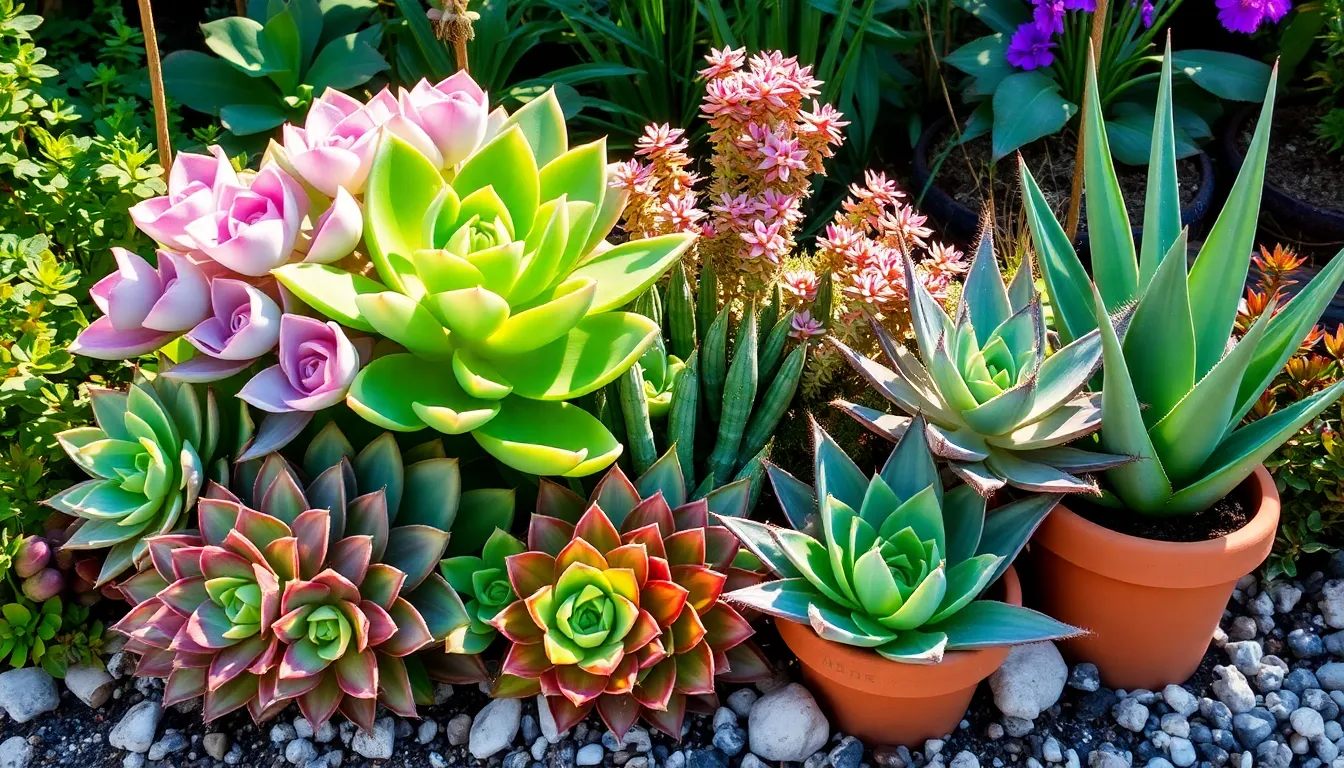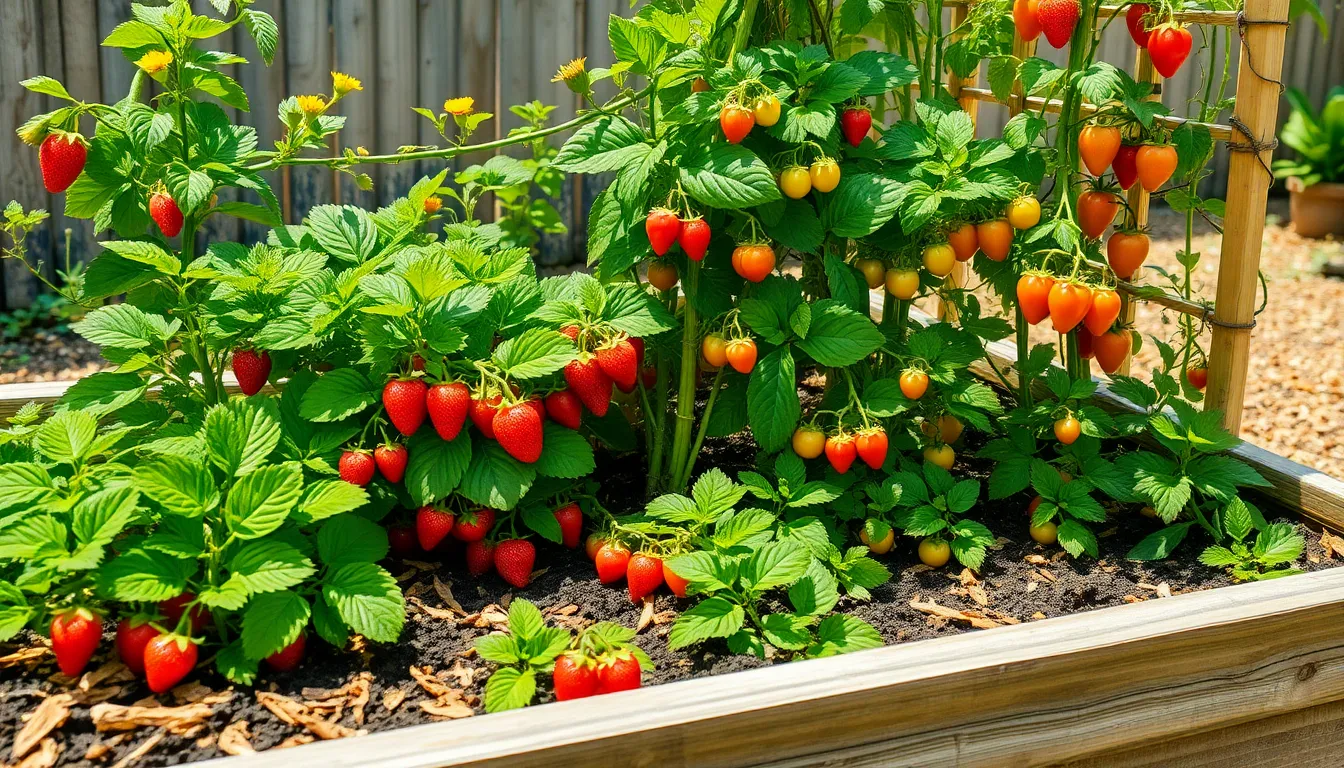How to Care for Indoor Plants During Winter
As the chill of winter settles in, indoor plants become a refuge of green, a reminder of nature’s resilience even as the world outside frosts over. For both seasoned horticulturists and those just beginning their plant journey, understanding how to nurture these verdant companions through the colder months is vital. Unlike the predictable cycles of … Read more

